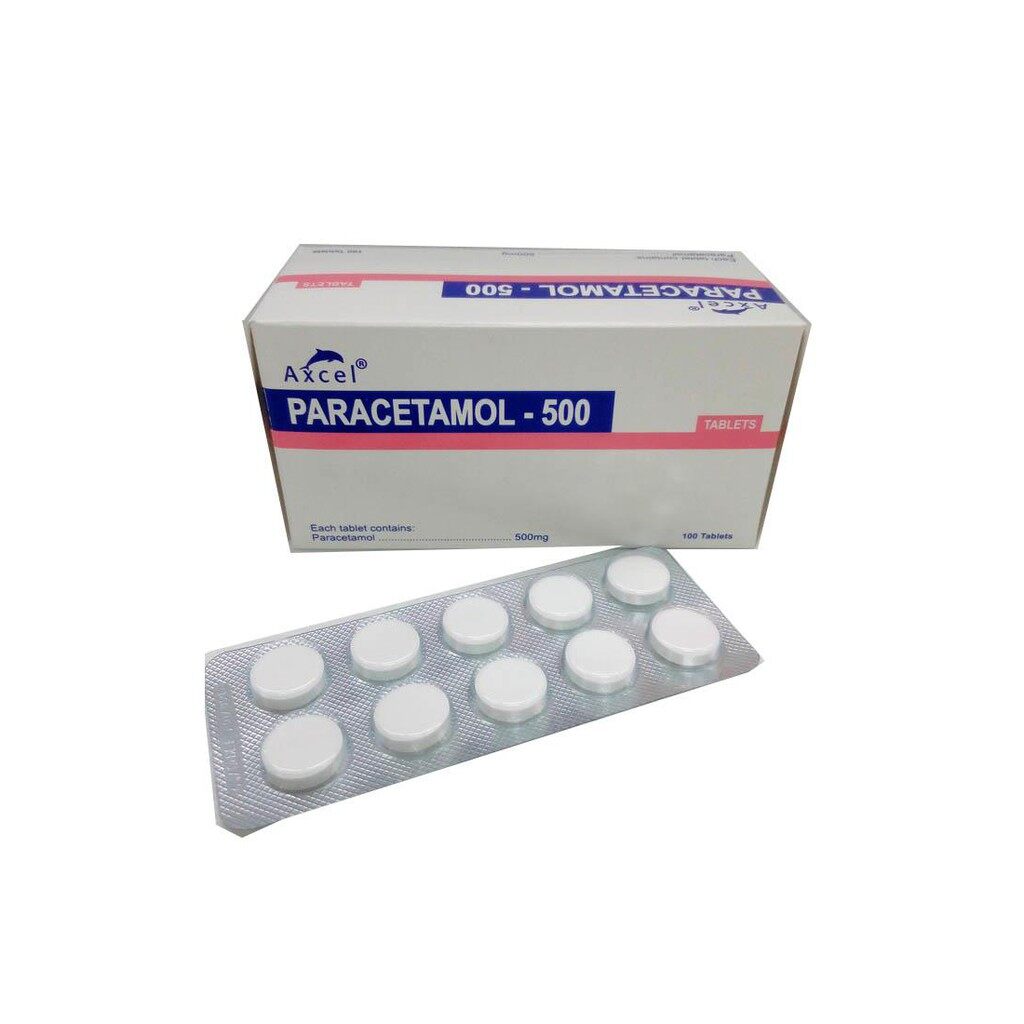Anonymous
3 years
Malaria Management System in Malaysia
Hi Doctor! Im Shahida. Currently i conduct a research about knowlesi Malaria. I just want to know how malaria management system in Malaysia work. Hope to get the answer. Thank you in advance
3 years
Greetings,
Thank you for choosing us to get an opinion.
For your information, the following is the management guideline for malaria
- Take a complete history and physical examination.
a. Examine the Glasgow Coma Scale (GCS), presence of neck stiffness, Blood pressure, Pulse rate, Respiratory rate. Examine the fundi as well. - Send the following investigations:
a. Blood for Culture and Sensitivity.
b. Full Blood Count.
c. Prothrombin Time (PT), Partial Thromboplastin Time (PTT).
d. Serum Urea and Electrolytes, Creatinine.
e. Blood glucose.
f. Liver Function Test.
g. Chest X-ray.
h. Arterial Blood gas.
i. Serum Lactate (if available) - Admit the patient to the ICU or the High Dependency Unit
- The patient should be referred to the Physician or the Intensivist.
- Give IV Artesunate (2.4 mg/kg) stat. If this is not possible, give it IM. Administer IV Quinine if IV Artesunate is not available (and IM, if no IV access). For complete dosing, please look at the section on antimalarial treatment.
- Administer the intravenous antimalarial for at least 24 hours before switching to an oral formulation if the patient improves and can tolerate it orally.
- Close observation of the vital signs, GCS, by the nurses and doctor is of vital importance
- Pulmonary oedema is a grave complication of severe knowlesi and falciparum.
It has a high mortality (over 80%in falciparum malaria); the prognosis is better in vivax malaria.
Pulmonary oedema may develop several days after the chemotherapy has been started, at a time when
the patient’s general condition is improving and the peripheral parasitaemia is falling.
a. Close input-output monitoring is very important as the patient can develop pulmonary oedema
easily if too many fluids are given. Give fluids just enough to maintain circulation and correct
dehydration.
b. Children with severe malaria who are unable to retain oral fluids should be managed with half
normal saline (0.45%) with 5% dextrose with maintenance fluids (3-4ml/kg/hour), and adults at
1-2ml/kg body weight per hour, until the patient, is able to take and retain oral fluids.
c. Rapid fluid boluses are contraindicated in severe malaria resuscitation. Dehydration should be
managed cautiously and ideally guided by urine output (with a urine output goal of > 1ml/kg body
weight per hour) unless the patient has anuric renal failure or pulmonary oedema, for which fluid
management should be tailored to the needs of the patient and reassessed frequently.
29 30
Management Guidelines Of Malaria In Malaysia Management Guidelines Of Malaria In Malaysia
Manifestations/
Complications
Immediate Management
Coma
(cerebral malaria)
• Maintain airways and for ventilator support if necessary; exclude other treatable
causes of coma (e.g. hypoglycaemia, bacterial meningitis); avoid harmful ancillary treatment, such as corticosteroids, heparin and adrenaline.
Convulsions
• Maintain airways; treat promptly with intravenous or rectal diazepam and/ or other
anticonvulsants. Check blood glucose, blood urea and serum electrolytes.
• Prophylactic anticonvulsants are not recommended.
Hypoglycaemia • Correct hypoglycaemia and maintain with glucose containing infusion
Acute renal failure • Exclude pre-renal causes, check fluid balance and urinary sodium in established
renal failure initiate haemofiltration or haemodialysis, or peritoneal dialysis.
Severe Anaemia • Blood transfusion where indicated.
Acute pulmonary
oedema
• Prop patient up at an angle of 45°, give oxygen and other respiratory support as
indicated. Adjust fluid therapy appropriately. Diuretics if necessary.
Shock
• Assess hydration status. Give appropriate fluid therapy Achieve CVP
measurement 8-12cm H2O. Suspect septicaemia (bacterial in origin) in
unexplained clinical deterioration. Take blood for cultures; give parenteral
broad-spectrum antimicrobials and change it according to culture results.
6.7 Adjunct therapy
In an attempt to reduce the unacceptably high mortality of severe malaria, besides appropriate and
effective antimalarial drugs, various adjunctive treatments for the complications of malaria have
been evaluated in clinical trials. Adjunctive therapy is defined as any additional therapy that modifies
physiologic processes caused by malaria. These therapies may act directly on specific biologic pathways
altered by malaria or more generally on end-stage factors produced in malaria by a number of different
specific processes. - If the patient‘s GCS is reduced, look for other causes such as meningitis. A lumbar puncture may
then be indicated and antibiotics instituted. - There is considerable clinical overlap between septicaemia, pneumonia and severe malaria, and
these conditions may coexist .If secondary infections are suspected, then start the patient on a
broad spectrum IV antibiotic such as Ceftriaxone 2g OD ( after a septic workout is done). - Monitor for clinical and parasitological therapeutic response.
- High fever can be managed by tepid sponging and Paracetamol.
I hope the above statement does help you in a way and if you need further assistance and explanations from us, you can talk to our doctor online. Thank you.
Click here to speak to a doctor

Visit Online Pharmacy
Health Forum
Explore health related questions.Discharge (42) General Health (1414) URTI (56) Premature Ejaculation (52) Headache (214) Erectile Dysfunction (114) Gonorrhea (20) Irregular Periods (200) Sore Throat (130) Back Pain (64) Candidiasis (18) Syphilis (10) STD (42) Chlamydia (2) Emergency Contraception (179) Fever (138) Breathing Problem (152) Hypertension (82) Ageing (2) Food Poisoning (18) Overweight (6) Acne (106) Wart (22) Tonsils (12) Jock Itch (18) Diabetes (110) GERD (144) Herpes Simplex (12) Insomnia (64) Eczema (24) Family Planning (80) Pregnancy (334) HIV (106) Thyroid (70) High Cholesterol (54) Missed Period (110) Heavy Period (6) Weight Loss (20) Heart Disease (104) Prolonged Period (24) Kidney Problems (42) Arthritis (8) Coronavirus Infection (2040) Dermatology (256) Infertility (6) Sexual Health (390) Genitourinary Infections and STDs (152) Menstrual Problems (148) Child Health (108) Stomachache (126) Medication (641) Nausea and Vomiting (42) Migraine (18) Mental Health (152) Fatigue (30) Asthma (28) ENT (162) Allergies (10) Skin Rashes (96) Gout (34) Hands and Feet (44) Eye Problem (52) Women's Health (122) COVID-19 Vaccine (416) Neck Pain (10) Muscle, Bones & Joints (48) Supplement & Nutrition (50) Urine Abnormalities (16) Gums and Teeth (14) Lumps & Bumps (18) Hematology (10) Growth (2) Men's Health (24) Knee Pain (10) Cough & Respiratory Health (42) Anus & Rectum (8) Cardiovascular health (10) Pain (6) Gastric (4) Tuberculosis (2) Influenza (6) Medical Procedures (0) Dengue Vaccine (64)





































